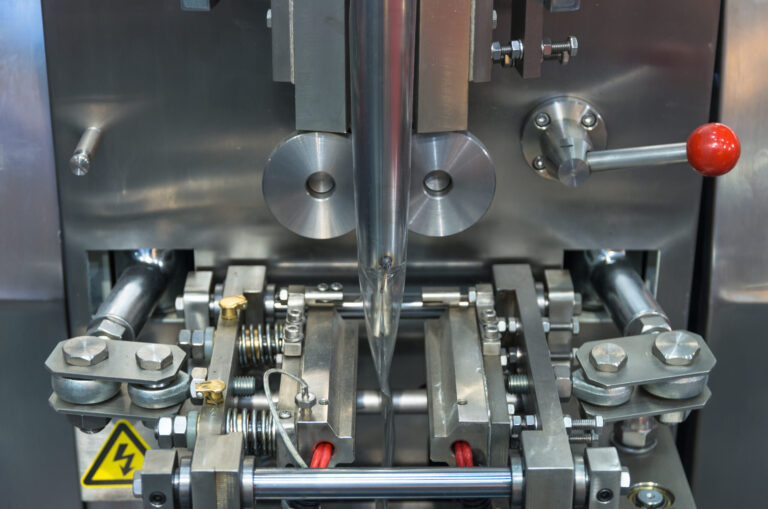School expenditures are in a near-constant state of flux. As technology develops, so do educational needs, and more and more districts are investing prime swaths of their budget to modernizing schools and acquiring new equipment. However, with a growing trend towards highly publicized incidents of in-school violence, many parents and educators are left wondering how much of those budgets are being allocated to school security. Luckily, even for budget-conscious administrators, options are available for a more holistic school security system.
School security is no longer reactive
Unless you’re familiar with the current landscape of school security technology, you might not know how many advancements have been made in recent years. Namely, some people mistakenly believe that school security starts and ends with static CCTV. For the most part, CCTV and closed-circuit video have both fallen by the wayside, though some cash-strapped districts still employ each out of sheer necessity. These systems were found to be quite fallible. Legacy security systems were greatly prone to tampering and outages. Also, without constant monitoring, the footage would have to be accessed post-capture, which made these security systems much more reactive. They left little room for incident forecasting and prevention.
Modern systems tend to operate on a plug-and-play model. Simply set up a new camera and, within minutes, it’s connected to the preexisting network. With more sophisticated tech behind these models, it’s easier to set parameters, receive alerts, and remotely monitor locations without having to be stationed behind a security booth. Some systems are so advanced that they’re able to flag certain footage and automatically convert it to an actionable alert. It not only helps to deter in-school incidents such as violence, theft, and vandalism, but it can also help faculty respond more proactively to unfolding events.
Ditch the server setup
When you’re looking to implement a new security system, either school-by-school or districtwide, one feature that you should leave in the past is the common server setup. Previously, older security systems would necessitate the purchase and provisioning of on-premises DVR or NVR hardware. Outside of the cameras themselves, these server systems would require continuous maintenance and upkeep, all while costing a premium. If a server goes down or is irreparably damaged, the school has then lost a large amount of historical security data.
Opt for a modernized school security system that operates either exclusively through the cloud or through a hybrid cloud and physical hardware setup. It can significantly reduce upkeep, which helps to keep overhead lower. Plus, while it’s easy enough to tamper with server hardware, certain security systems are virtually impervious to hacking attempts, which means no data loss, no storage issues, and no outside tampering. Combined with the ability to set authorized users, limit permissions, and view access logs, it adds up to a steelier security system that reduces the likelihood of human error.
Selecting smarter products
Efficacy and user-friendliness are incredibly important, but so is scalability. The ability to rapidly deploy cameras, adjust camera placement, and scale upwards on a per-camera basis is invaluable for districts that may be unable to commit to an entire suite of cameras and accompanying software. It makes it easier to start small and to expand the reach of a school’s security as budget forecasting allows, while also ensuring that a school isn’t left unprotected altogether.
Yes, frugality is key for many districts but that doesn’t mean that student and faculty safety should be sacrificed for a bargain. Find an adequate compromise between feature-richness and affordability to provide a smarter security experience for all parties involved.















